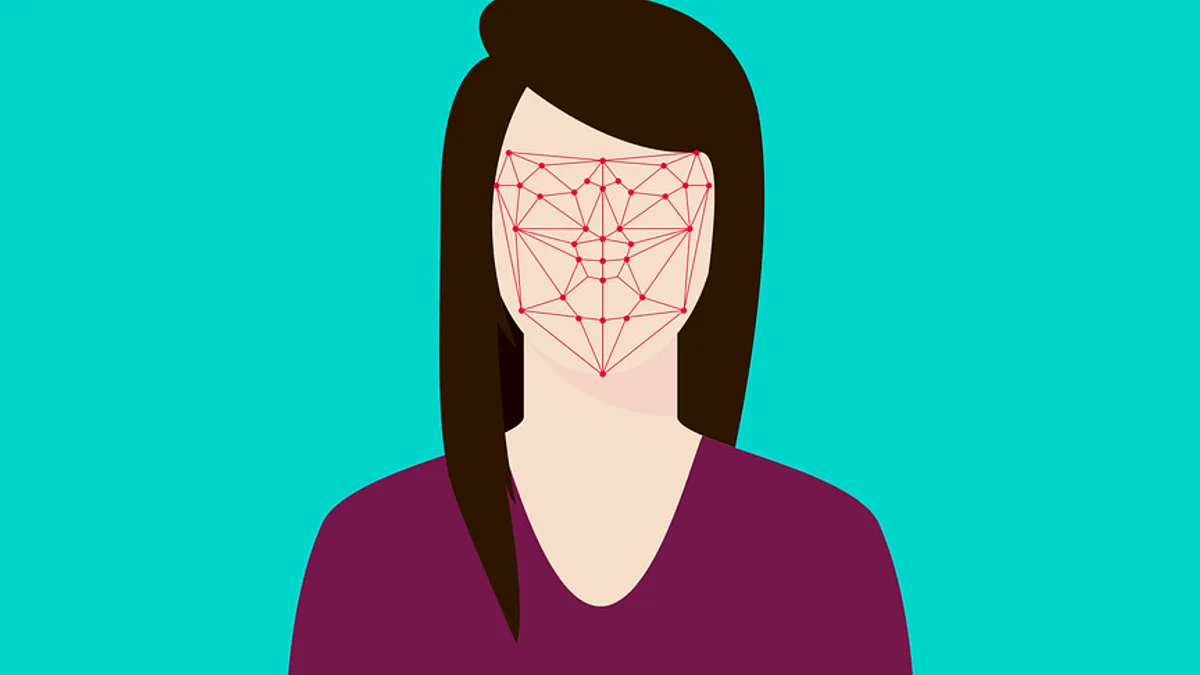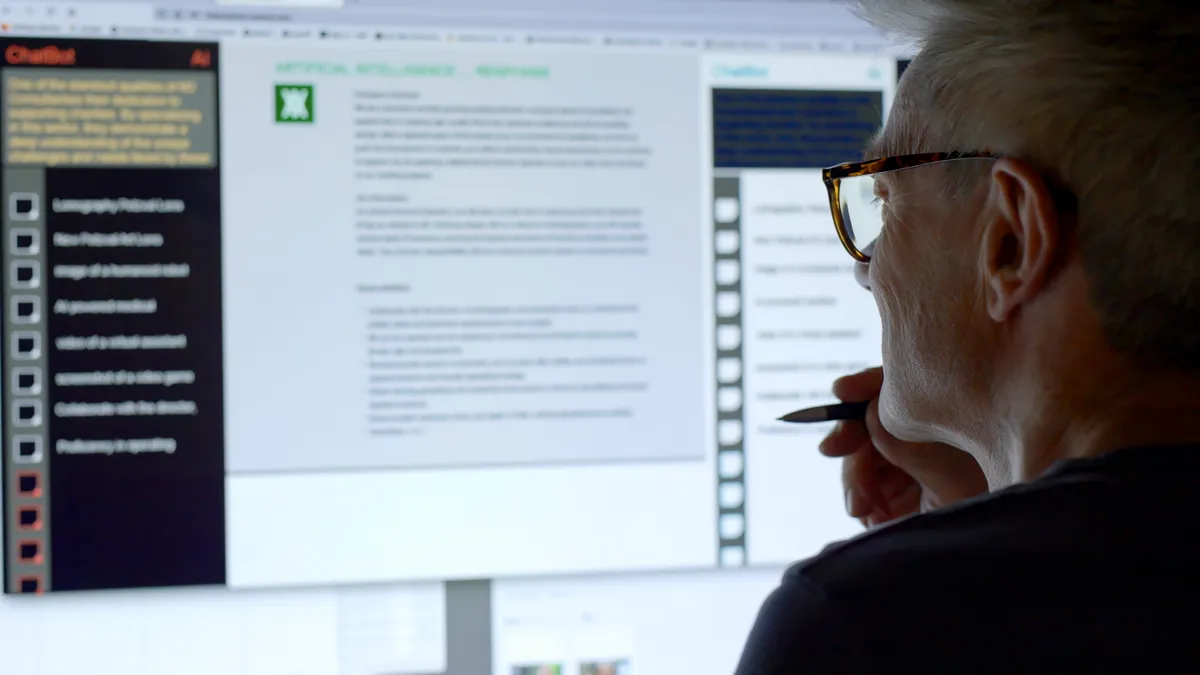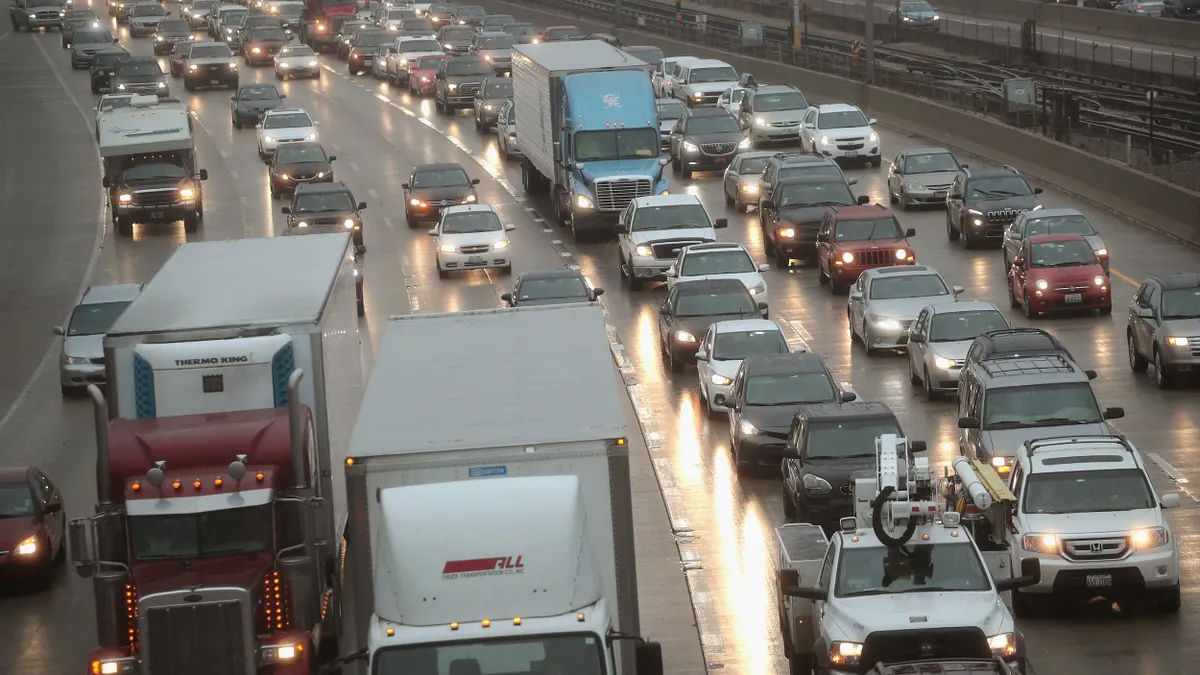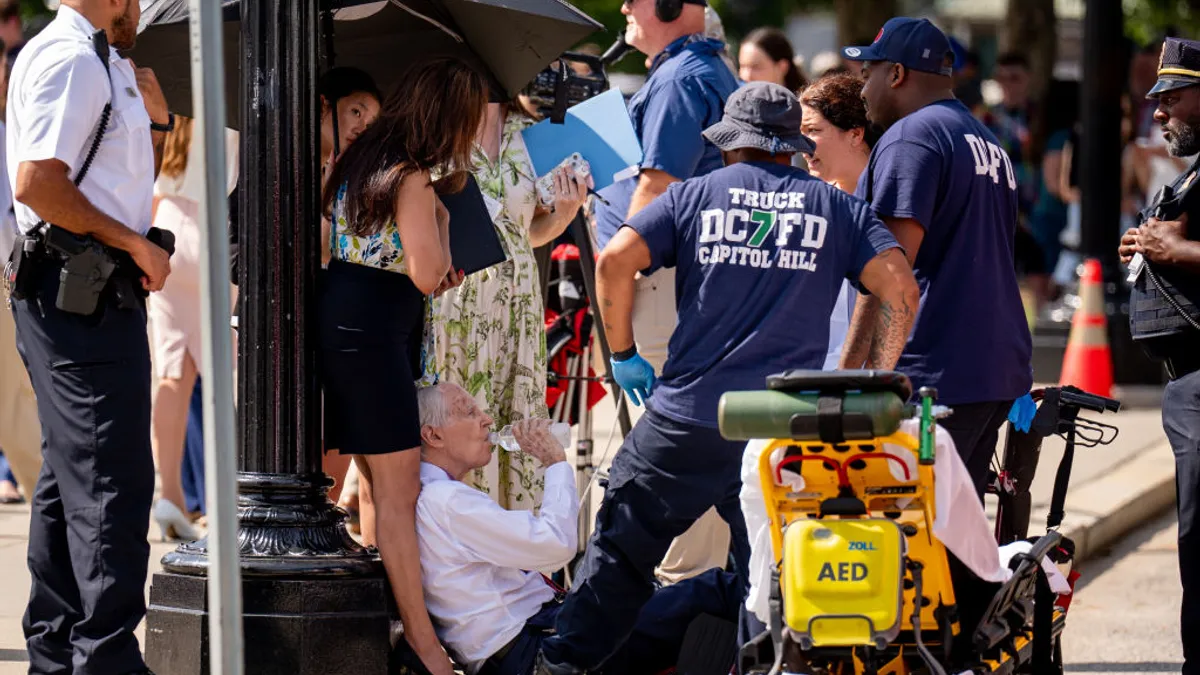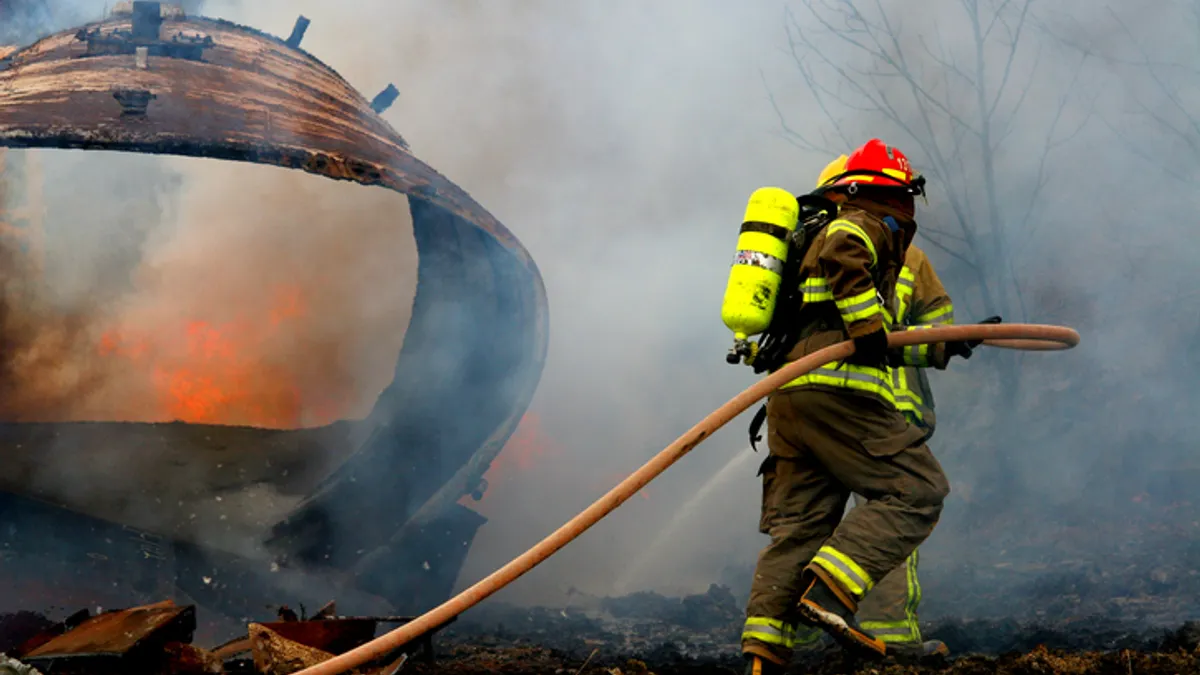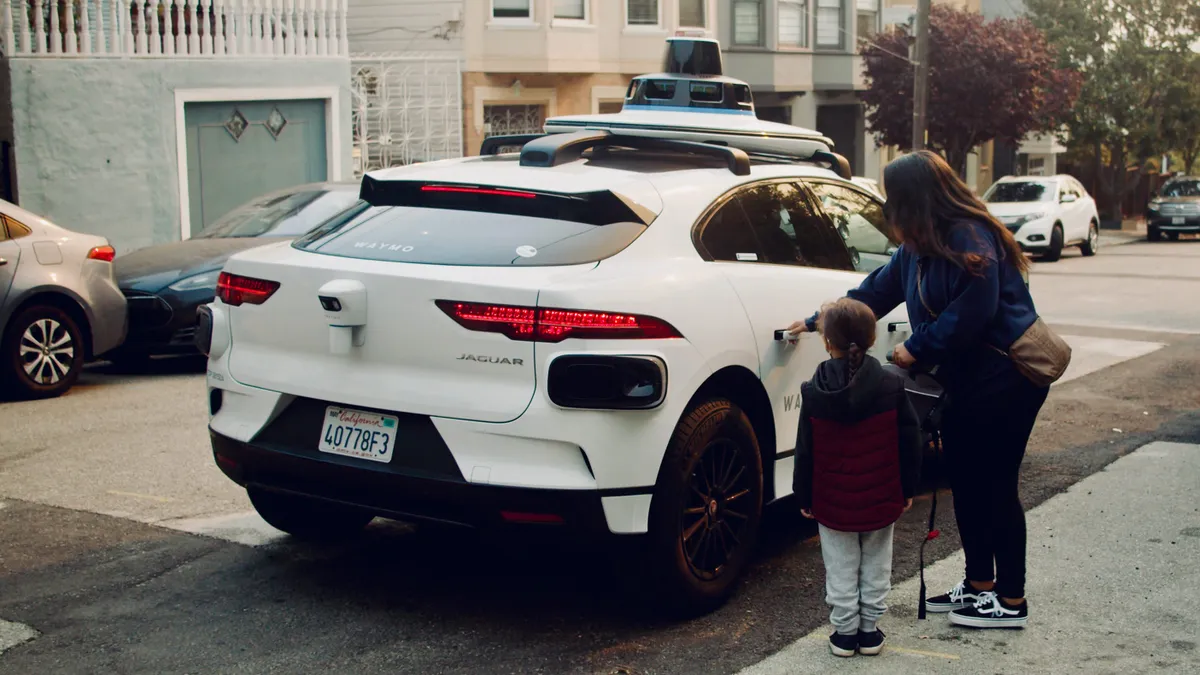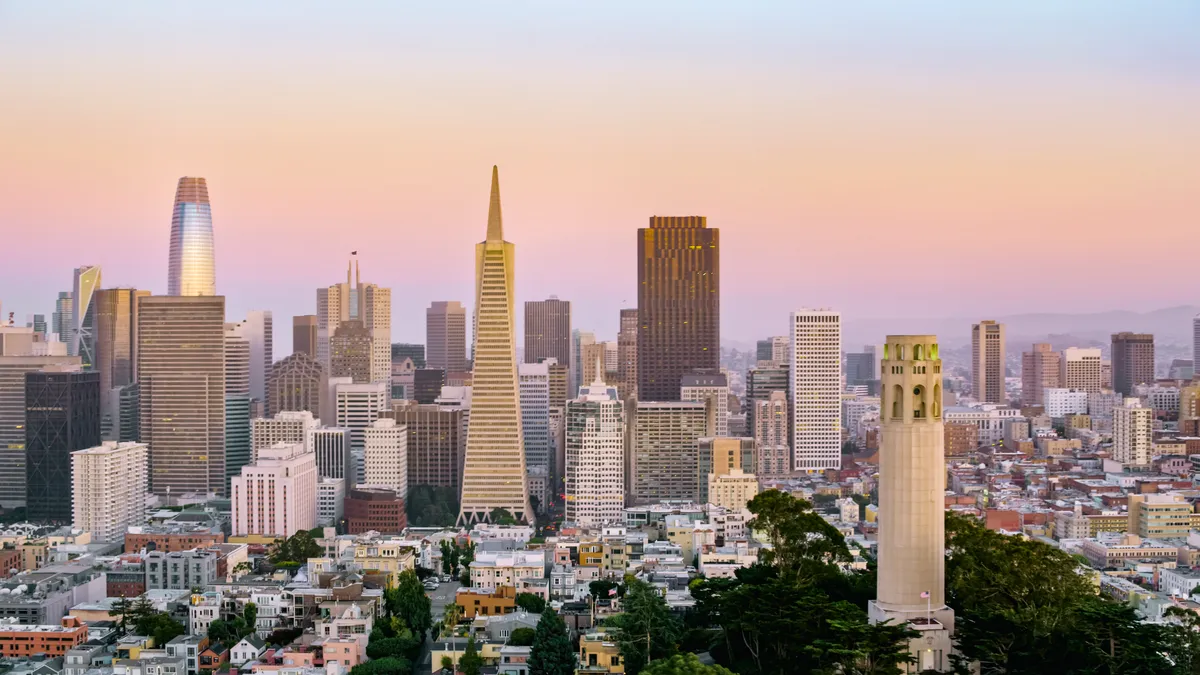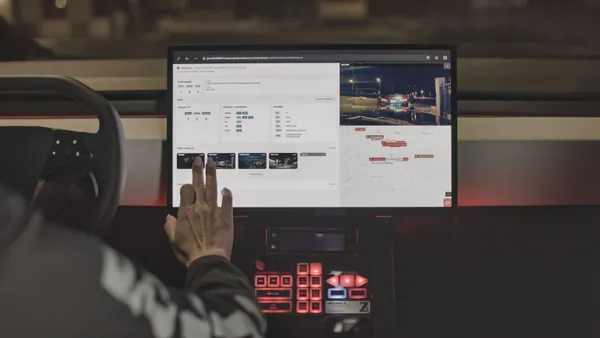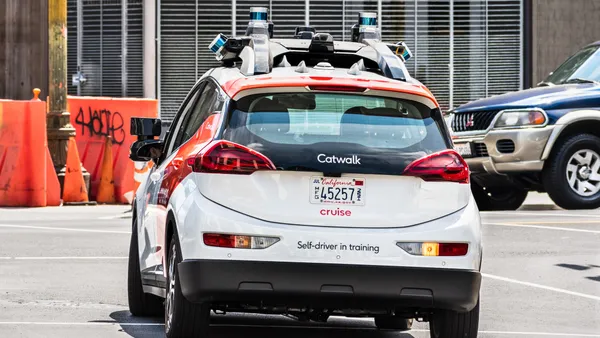Autonomous cars and dockless scooters might top the current buzz-worthy smart city innovations list, but cities are advancing in countless ways not related to those trends, or even to transportation. Police departments are one municipal entity adding technological advances that sometimes slip under the public radar.
Perhaps the most widely known technology advancing in the police space is body cameras, which complement the more limited police cruiser dashcam. About one-third of the active law enforcement agencies in the U.S. use or are looking into the devices. The Chicago Police Department announced late last year that all 7,000 of its patrol officers have been outfitted with bodycams, making it the largest single deployment of the devices in the country.
Police-worn body cameras are considered a way to keep both officers and the public accountable during interactions. In addition to having video archives, the officers can use the devices to snap photos of evidence or to record interviews. "You’d be surprised what the positive reception was once officers started using them," said Sgt. Eduardo Bernal with the Orlando Police Department (OPD). "There is a learning curve with body cameras, like anything else, but we quickly started seeing the real value to the camera system."
Beyond bodycams
Police are also exploring innovations such as drones, which, according to a recent study, have seen an 82% increase in use by public safety agencies in just the last year. Hartford, CT uses the devices as part of its expanded surveillance program to chase fleeing suspects and track down stolen vehicles. Louisville, KY submitted an application to the Federal Aviation Administration for permission to deploy drones where the city's new ShotSpotter technology has detected gun shots.
Like Louisville, Chicago uses ShotSpotter technology, which has been incorporated into its larger smart policing system. The system includes crime analysis tools on officers' cell phones that contribute to the department's crime solving and predictive analytics capabilities. This spring the city decided to expand the smart policing tools to more districts based on success during the initial phases. The city credits the technologies and predictive analytics with its 28% reduction in shootings compared with last year.
The OPD is proactive in testing many technologies, but there have been times when the tools didn't pan out. OPD tested sensors on police cruisers that would detect when someone came within a certain distance of the vehicle and alert officers, but according to Bernal, the technology didn't work out. "Everything that we try, we try to go for the best,” Bernal said. "These technologies come out and then evolve," but sometimes the first iterations have issues that need to be worked out to optimize functionality.
One innovation the department just finished testing is Amazon's Rekognition software, which uses facial recognition technology on video feeds from a city's public surveillance cameras. Last week OPD received City Council approval to move forward with a second test phase which, like the first pilot, would be complementary. "It is free to us and we are just testing to see if it even works," Bernal said.
During the test phase, the department is not using the software to identify citizens or for any investigative purposes. It is only testing if the software can recognize a handful of police officers who have volunteered for the pilot.
If the technology works as intended, OPD believes it could be useful for tracking criminals more quickly and perhaps even before they are able to strike. A recent example in which facial recognition technology could have helped is when OPD received a tip that a known suspect intended to kidnap or harm singer Lana Del Ray at her February concert at the Amway Center. An officer managed to identify and apprehend the suspect — who had a knife — two blocks from the stadium, but if facial recognition technology had been in place it might have helped find the suspect before he managed to become so close to the concert crowds.
"We could interject his picture into the system and we’d have the cameras as additional eyes looking for this guy," Bernal said. "Maybe we could find out when he’s a few miles away because it spotted his car."
Other examples for which the technology could prove useful include finding a suspect after a terror attack like the Boston Marathon bombing, locating a person who expressed a plan to carry out a school shooting, or finding missing children.
Security and civil rights
Just as with other smart technologies, those that police departments adopt come with varying levels of public hesitation and concern. Law enforcement officials report engaging in extensive educational processes to test and use the products in ways that protect citizens’ security and civil liberties. Departments might draw up their own guidelines for use, defer to the city’s technology use standards, or collaborate with other city leaders to draw up mutually agreeable conditions.
Orlando recently found itself at the center of a controversy with the Rekognition pilot, as civil liberties groups voiced concerns that it could be abused and infringe on citizens' rights. The ACLU of Florida said police could use it to track and target certain populations like immigrants and people of color, and that citizens should be able to go in public without being watched by the government.
OPD reminded the public that the pilot only uses the technology on officers who have volunteered, and it hasn't committed to purchasing the software for widespread use. "It’s not being used for the public or an investigative capacity in any way, shape or form," Bernal said. "Everything is still preliminary and we don’t even know if it works."
If it does work and OPD does decide to link the software to the city's existing public surveillance cameras, the department would adhere to guidelines for properly using the innovation, Bernal said. "There are a lot of uses for it. It’s 100% not a mass surveillance system like some people think."
Bernal referred to a point that the Orlando police chief made, pointing out that "a lot of these technologies already exist" in some form. For example, the city not only already has surveillance cameras in public, but the prevalence of personal cell phone cameras means that people are often photographed without knowing it and without nefarious intent.
"Any technology can be used for good, or it can be used for bad," Bernal said, reiterating that OPD only wants to use the technologies it tests and adopts for positive purposes. "I think there’s a lot of value to it," he said.



